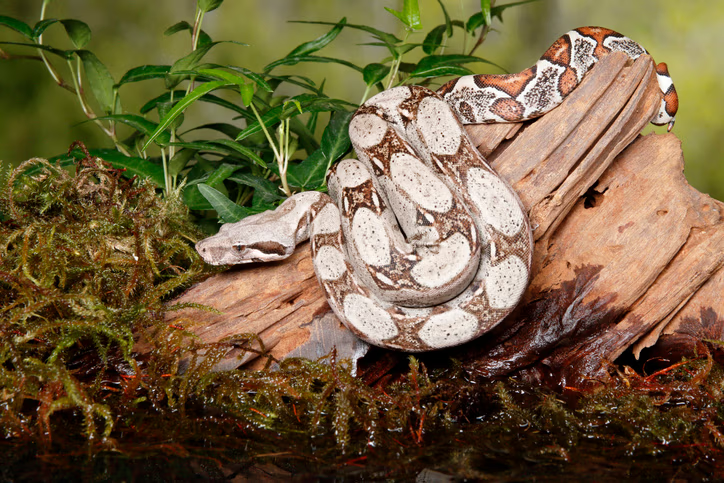Red Tail Boas are found in a variety of habitats across Central and South America. Their range extends from northern Mexico through Central America to Argentina. They are adaptable and can be found in rainforests, dry forests, savannas, and agricultural areas, as long as there is a source of water nearby.
Adult Red Tail Boas can reach lengths of 8 to 10 feet (2.4 to 3 meters) on average, with some specimens growing up to 12 feet (3.7 meters) or more. They have a distinctive reddish-brown “tail,” which is more pronounced in juveniles and fades as they age. Their bodies are covered in saddle-like patterns that can vary greatly in color and shape, depending on the snake’s geographic origin.
As constrictors, they wrap their bodies around their prey and squeeze until the prey suffocates. They then swallow their prey whole. Their diet in the wild mainly consists of small mammals, birds, and occasionally lizards and amphibians. In captivity, they are typically fed rats or rabbits.
Red Tail Boas are ovoviviparous, meaning the females give birth to live young rather than laying eggs. A litter can range from 10 to 60 young, depending on the size and health of the mother. The gestation period is about 100 to 120 days.
In the wild, Red Tail Boas have a lifespan of around 20 to 30 years, but in captivity, with proper care, they can live up to 30 years or more.
Red Tail Boas are generally nocturnal but may bask during the day to regulate their body temperature. They are solitary animals


